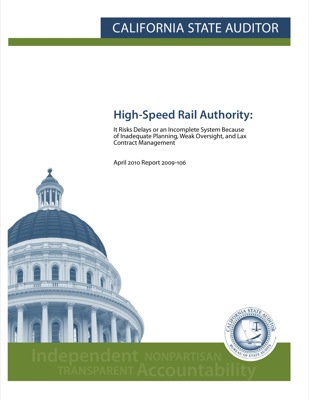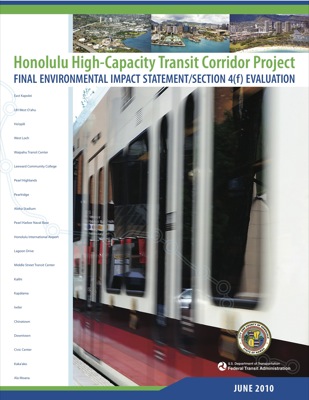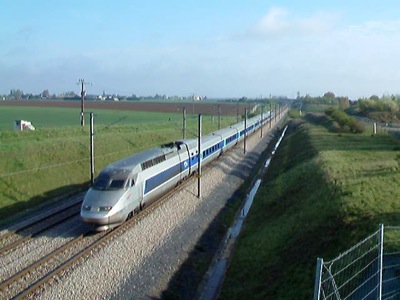New reports have raised questions about and spurred opposition to California’s grandiose high-speed rail plans. First, last April, the California state auditor reported that the state’s high-speed rail authority suffered from “inadequate planning, weak oversight, and lax contract management,” which is not exactly what you want to hear about an agency that is about to build the most expensive state-sponsored public works project in history.
Second, a new report from the University of California found that the state’s ridership forecasts “are not reliable.” Based on a re-assessment by economist David Brownstone (who is fast becoming one of the Antiplanner’s favorite economists) and two UC engineering profs, the fares needed to cover the trains’ operating costs would have to be more than double the original projections, which is also more than the cost of flying. Since the measure approved by voters in 2008 forbade any state operating subsidies, such high fares would doom the project.










